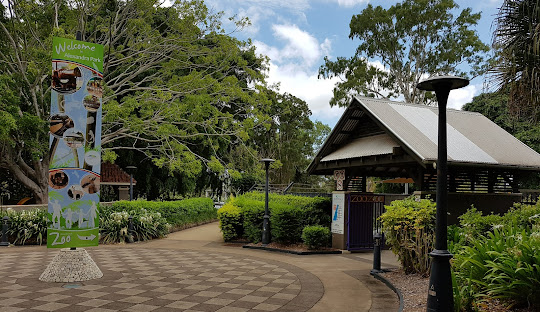
Bundaberg Demographics and Heritage: A Snapshot of Growth and Cultural Significance
Posted by on
In the 2021 census, Bundaberg's urban area recorded a population of 73,747 people, showcasing notable growth since the 2016 census, which reported 50,148 residents within the city limits and 69,069 in the broader significant urban area. Among these, 4.3% identified as Aboriginal and Torres Strait Islander peoples, underscoring the city’s cultural diversity. The majority of residents, 81.2%, were born in Australia, with the most common overseas birthplaces being England (3.2%), New Zealand (1.8%), Philippines (0.7%), South Africa (0.5%), and Scotland (0.4%).
The linguistic landscape of Bundaberg is predominantly English-speaking, with 88.9% of residents communicating in English at home. Other languages spoken include Mandarin (0.5%), Italian (0.4%), German (0.3%), Afrikaans (0.2%), and Tagalog (0.2%).
Religious affiliations reveal a significant portion of the population identifying as having no religion (26.3%), while 18.7% identified as Catholic and 18.6% as Anglican, reflecting the city's varied spiritual landscape.
Beyond demographics, Bundaberg is home to several heritage-listed sites that celebrate its historical significance. Notable locations include the Bundaberg War Memorial, Bundaberg Post Office, and Fairymead House, among others. These sites serve as reminders of Bundaberg's past and its cultural heritage, attracting visitors and residents alike. The city continues to honor its history while embracing growth, making it a vibrant place to live and visit.